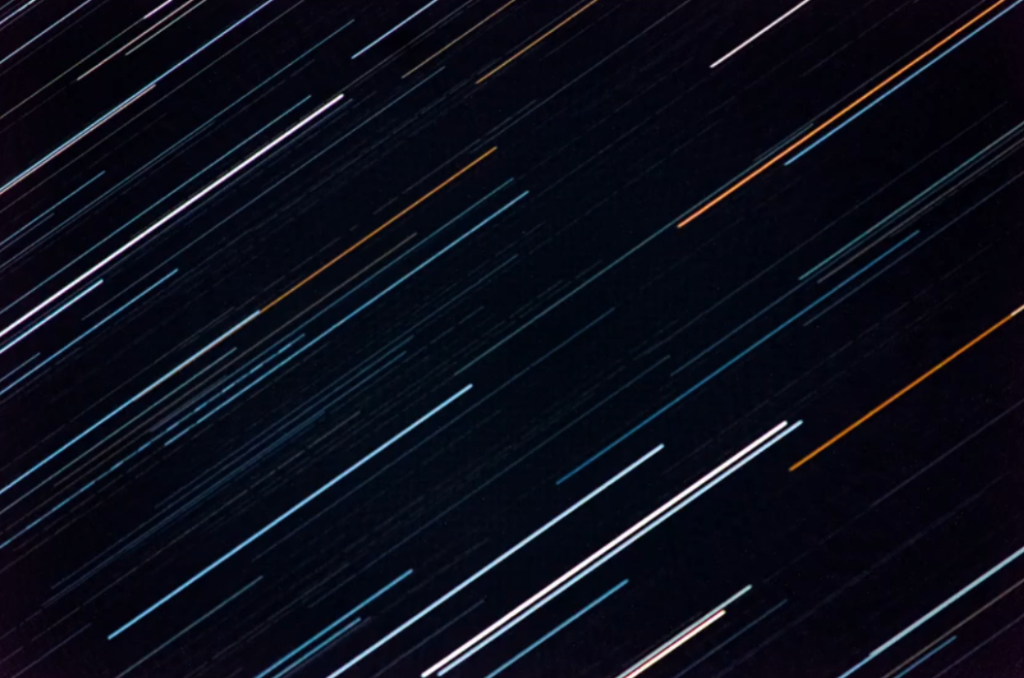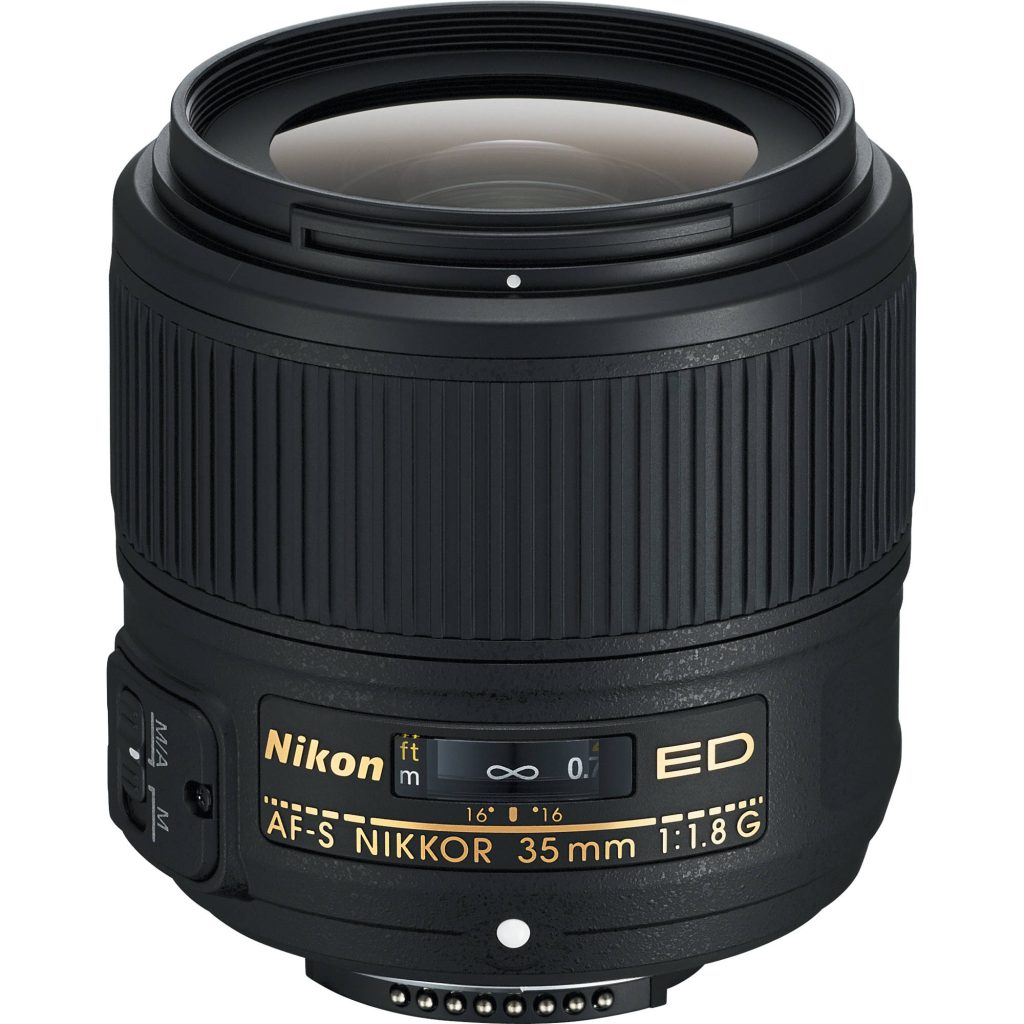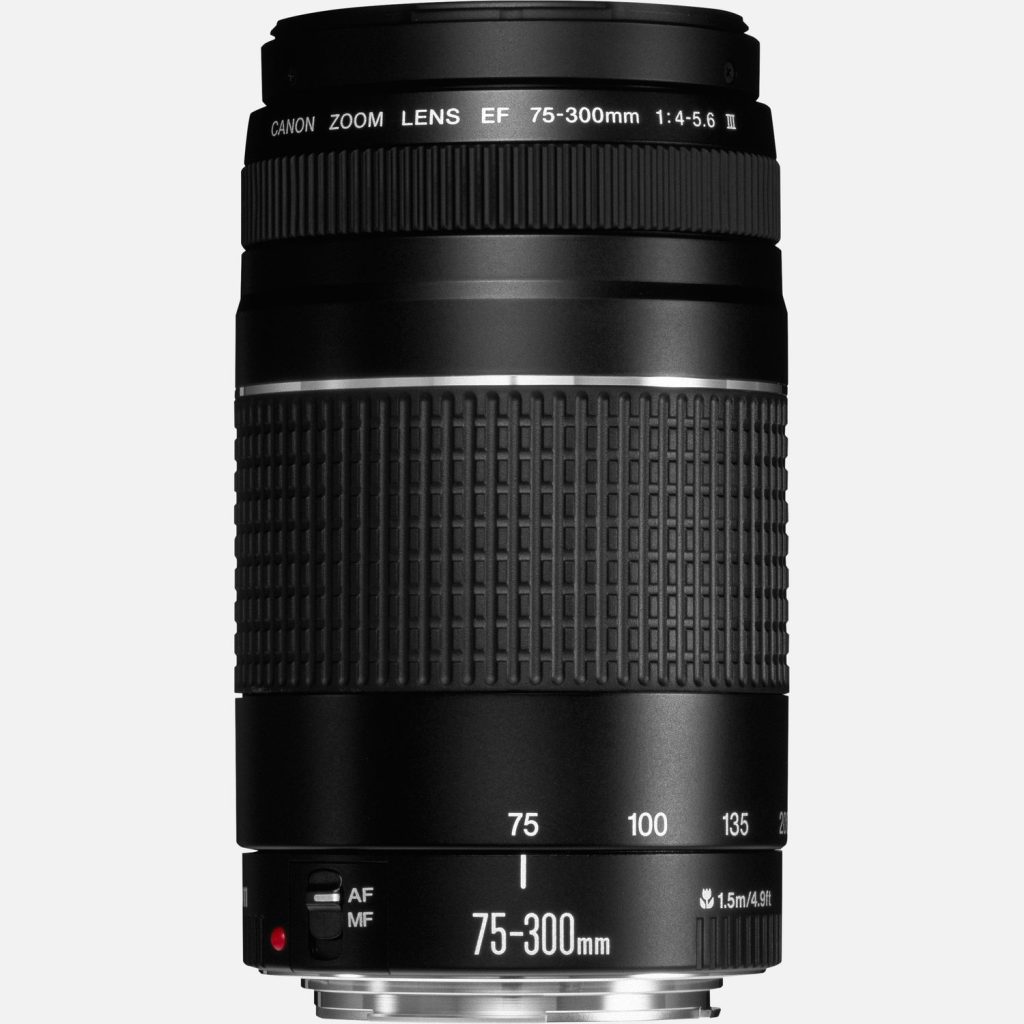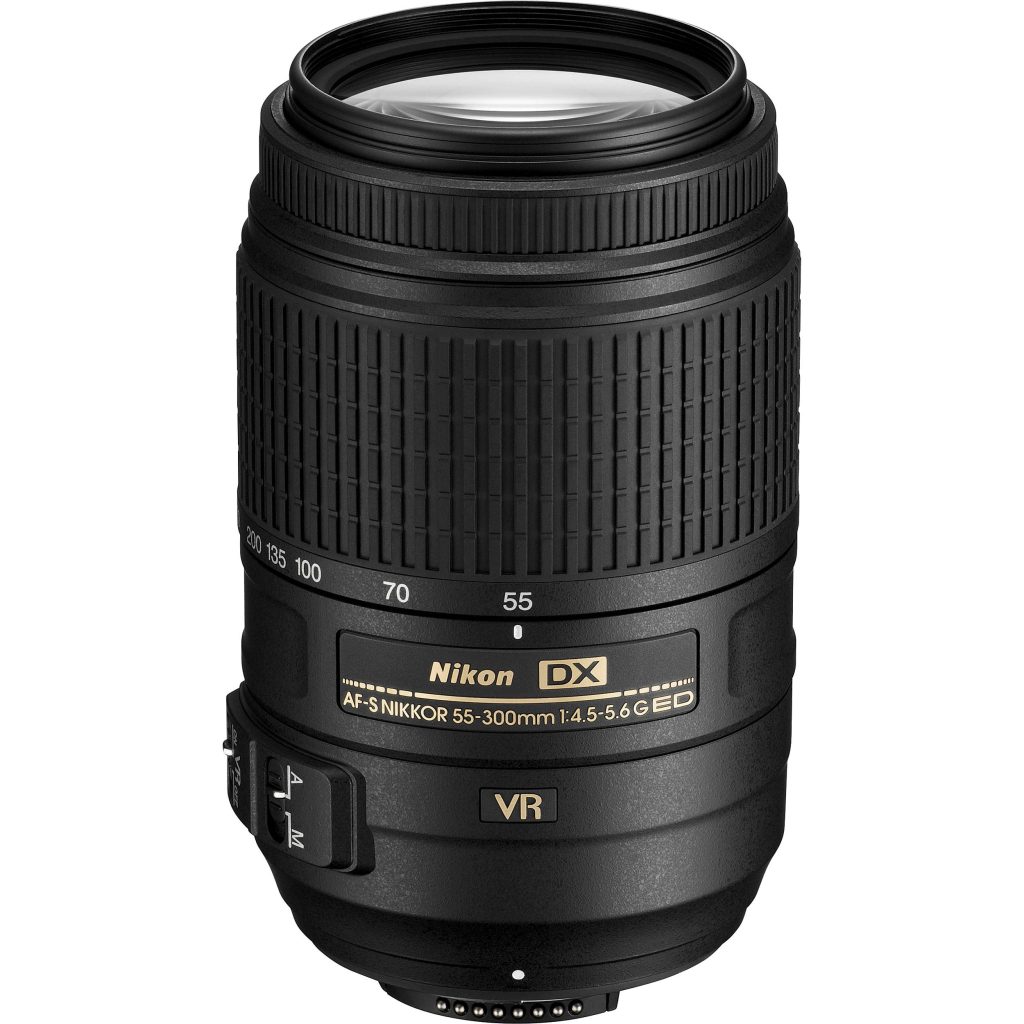
In astrophotography, the larger your frame, the more stars will be included, and you can take a bigger picture of the Milky Way. This gives us the idea that to photograph the Milky Way, you need a wide-angle lens.
Telescope and Phone Camera Lens for Astrophotography
Basically, cameras have lenses, and your phone’s camera also has a lens. Normally, phones come with a wide-angle lens, so when you take a photo, you capture a large area. This is called a wide-angle lens. There is also a standard lens, which has a zoom feature, allowing you to capture photos of specific subjects or people. Lenses with more zoom are called telephoto lenses in photography. A telephoto lens means significant zoom, and you can use it to capture images like birds or other subjects. Super telephoto lenses are very useful for wildlife photography.

There’s a common misconception, especially among those who don’t know much about this, that to capture the Milky Way, you need to use a zoom lens or a larger lens. But this is completely wrong. For Milky Way photography, you need the smallest wide-angle lens.
Photographing Star Trails
Phone lenses don’t zoom much and are wide lenses, so you get the benefit of capturing star movement differently. When using a wide lens, the movement will appear slower. So, those using mobile phones for star photography will capture short trails like this. The trails will look more beautiful with a mobile phone; using a wide lens, they can include more stars in the frame. That’s why wide angle lens matter so much in astrophotography
If you try mobile photography, you will see that the trails are visible. This might be related to the poles, either the North Pole or the South Pole. So, mobile photographers might get such a full pole-like shot. The trails will appear more circular while using a phone lens. This is how the trails look in wide shots.

But if you use a zoom lens, you can see that the trails appear much bigger. The trails appear as straight lines. You won’t understand that these are circular lines with a broader view. It captures photos of specific subjects or people, and the star moves quickly across the frame. You won’t be able to capture a full ring image. You can use Stellarium software to get the idea.

Ultra Wide Angle and Wide Angle lens for Astrophotography
If your phone has both a 48-megapixel wide lens and an ultra-wide lens with 48 megapixels, then you should use the ultra-wide lens. The benefit of the ultra wide angle lens is that you can capture a larger area, which means you can include more stars in your frame. So far, I haven’t seen any phones with ultra-wide lenses that have a high megapixel count. In the case of iPhones, I can’t specifically say, but for Android phones, the wide lens usually has the highest megapixels.
However, ultra-wide lenses on phones generally have very low megapixels, such as 8 or 12 megapixels. So, if you take pictures with an ultra-wide lens, the quality and size of the picture will be much lower. Therefore, avoid using the ultra-wide lens when taking pictures in pro mode; always use the wide lens.
Lens Settings for Astrophotography
There are options like white balance, focus, shutter speed, ISO, and the lens type, whether it’s wide or ultra-wide.
Shutter Speed
Shutter speed impacts astrophotography a lot. It depends on the focal length. I’ve set the shutter speed to 1/2 since I’m using a 300mm lens. If you use a 250mm lens, the zoom will be slightly reduced, allowing you to use a shutter speed of 1/200. The benefit of using a shorter focal length is that the object appears smaller, and the movement of the object decreases. This means you can use a lower shutter speed. For example, some people use a 50mm prime lens for astrophotography, and with this lens, you can use shutter speeds like 1/100 or 1/150 without issues. When using a full-frame camera with a 50mm prime lens, the moon appears smaller and the movement is slower, allowing you to use slower shutter speeds.
While using a 300mm lens, if the moon’s movement is more noticeable, you need to increase the shutter speed to compensate for the movement. The settings I mentioned are for zoom lenses, specifically for those using 250mm or 300mm lenses. If you use a lens with a focal length of 150mm or 180mm, you would need to decrease the shutter speed accordingly.
Overall, if you are using a zoom lens like 250mm or 300mm, these settings are a minimum requirement.
So, when it comes to shutter speed, you need to ensure that you are using the minimum shutter speed required for your image. If you use a shutter speed higher than this, like in this photo,

This one is called a star trail. Look at the brightest star trail in the frame. This star’s position was at a certain point, and I kept taking the photo; this star, over time, has moved from one point to another. So, as the star moves, this entire path appears in the frame. What I’m showing is that due to the long shutter speed, I captured the star’s movement. The longer the shutter speed, the longer the trails of light you see. These trails are the stars moving. This type of photo is called a star trail.
This photo was taken using a zoom lens. The stars appear to move because of the long exposure. To avoid this movement, you need to use the minimum shutter speed to capture your photo. What I’m emphasizing is that with shutter speed, you must be careful to avoid capturing star trails if you want a clear Milky Way photo.
Aperture
A wide aperture lens is good for star photography. In photography, aperture refers to how much light will enter your camera. The aperture controls the amount of light that enters through the camera’s lens. When you look at the aperture, it’s typically shown as a circular figure. The value of the aperture is important. The aperture is a motor inside the lens that controls how much light will enter your camera. The value of the aperture is shown as “f” (e.g., f/1, f/2, etc.). This value gradually increases from small to large. For example, using f/1 means a very small value and a lot of light enters the lens. When the value increases to f/32, the aperture becomes very narrow, and less light enters the camera. So, aperture controls the amount of light entering your camera’s sensor. Through aperture, you can control the light in your photo.For mobile phones, the aperture value is almost the same across all phones, so there’s not much to worry about.
ISO
Lastly, ISO should be low so that noise doesn’t appear. You need to maintain the ISO, ranging from 800 to 3200, depending on the location. If you’re in a very dark place, it’s better to keep the ISO as low as possible.
Type of Camera Lens Best for Astrophotography
35mm Prime Lens
- Used for Milky Way photography
- Suitable for wide field astrophotography
- With a 1.5x crop factor, the effective focal length becomes 52.5mm
- Allows for capturing more significant portions of the night sky
Model: Nikon AF-S DX NIKKOR 35mm f/1.8G

50mm Prime Lens
- With a 1.6x crop factor, the effective focal length becomes 80mm
- Requires higher ISO due to shorter shutter speed limitations
- Needs a tripod for steadiness
Model: CANON RF 50 mm f/1.8 STM Standard Prime Lens

75-300mm Zoom Lens
- Good for moon photography
- Benefits from 1.6x crop factor for extra zoom
- At 190mm focal length, it can use 1/150 shutter speed
- At 300mm, it requires 1/200 or 1/250 shutter speed
- May show softness at maximum focal length
Model: Canon EF 75-300mm f/4-5.6 III

55-300mm Lens
- Used for moon photography
- Shows image distortion that can be corrected with profile correction
- Mentioned having fungus issues affecting image quality
Model: Nikon AF-S DX NIKKOR 55-300mm f/4.5-5.6G ED VR

300mm Lens
- Suggested for moon photography
- The lowest aperture mentioned is f/5.6
- Can capture good detail of the moon’s craters
- Used with 30-second exposures for star trails
- Allows capturing longer star trails due to higher magnification
Model: Canon EF 100-300mm f/5.6L

FAQ
What focal length is for moon photography?
When we take pictures of the moon, the first step is focusing. If you use a short focal length lens, the moon will appear slightly smaller than with a long focal length lens. For this reason, you need a long focal length lens for astrophotography. To take moon photos, you definitely need a camera and at least a 250mm lens.
What focal length is best for astrophotography?
I recommend using a 300mm lens because its benefit is that among the reasonably priced lenses, 300mm offers the ideal focal length. Canon also offers a 250mm lens, which is also good, but when you use that, the moon will appear slightly smaller than with a 300mm lens. For this reason, you need a long focal length lens for astrophotography. There are also 400mm and 600mm lenses, which wildlife photographers use. These are good focal length lenses for astrophotography. If you have one, it’s certainly better. But if not, at least use minimum focal length for astrophotography like 300mm or 250mm.
How to calculate shutter speed for astrophotography?
Example of astrophotography shutter speed rule: Here, I’m using a 35mm lens on a Nikon body, which has a crop factor of 1.5; I calculate the 500 rule as follows: I multiply 35 (focal length) by 1.5 (crop factor), resulting in 52.5. Then, I divide 500 by 52.5, which gives me approximately 9.5 seconds. This means my maximum shutter speed should be around 9 seconds to avoid star trails. However, I used a 13-second exposure instead of 9 seconds.
